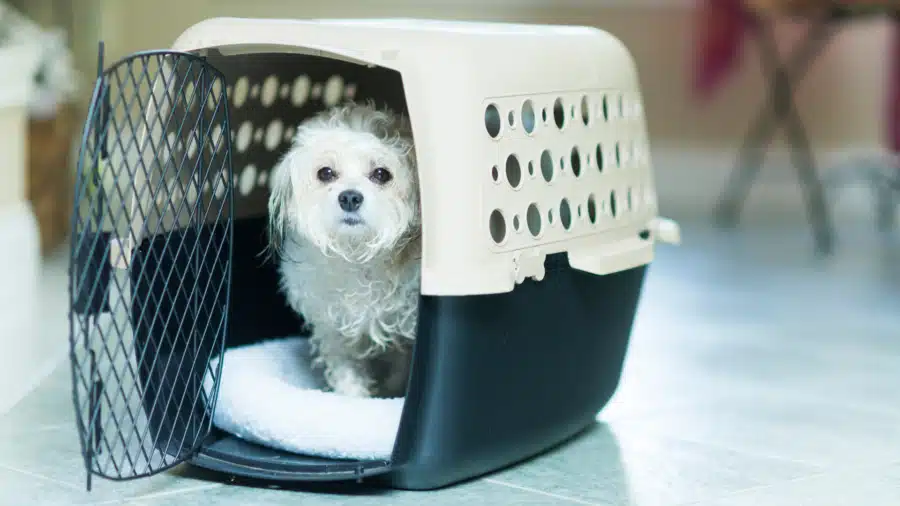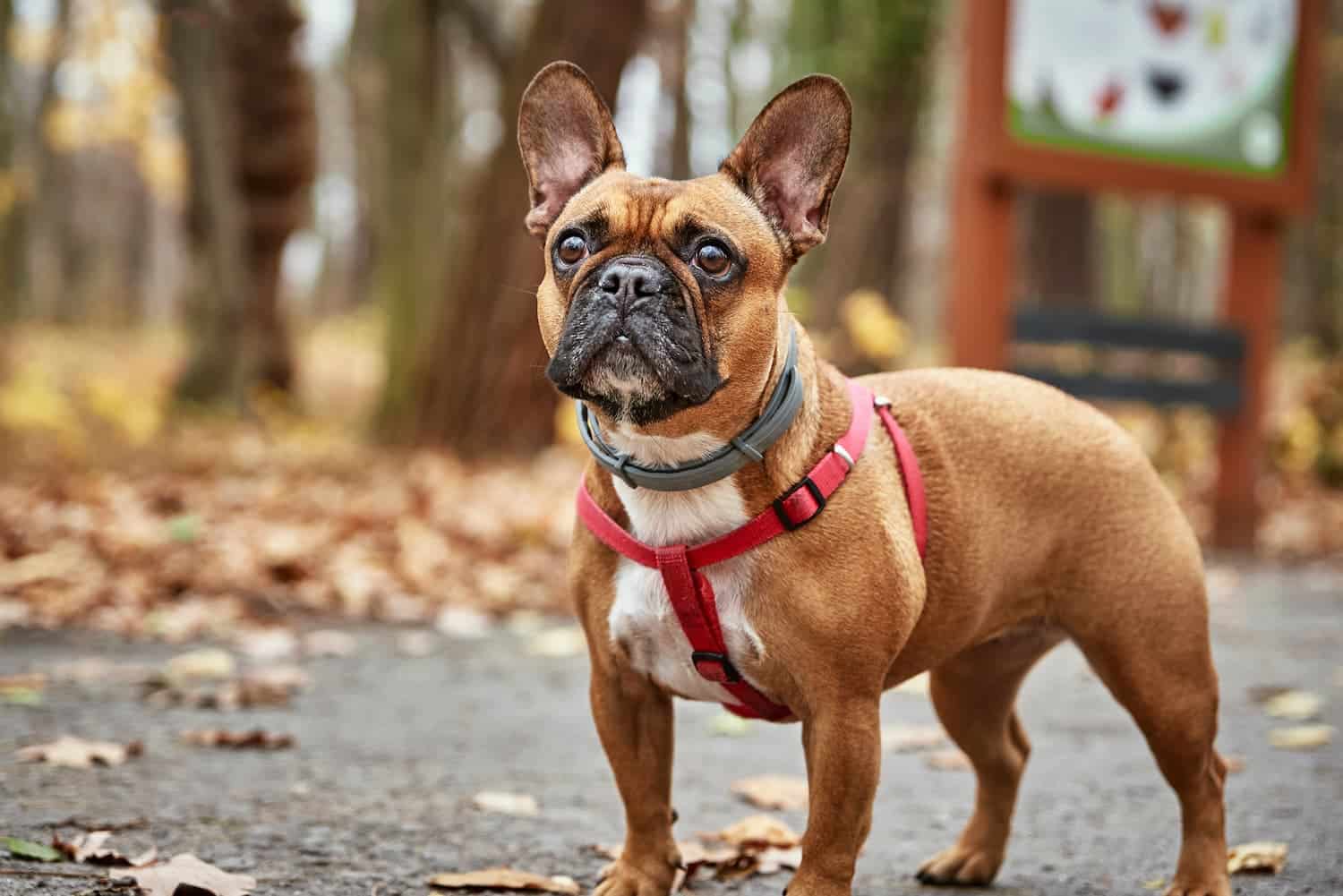
Saving the Whole Family: Disaster Preparedness for Pet Owners
Devastating natural and human-made disasters can occur without warning, and can greatly affect our lives. In Florida especially, we are no strangers to hurricanes, floods, and more. You may have thought about what your human family would and should do in the event of a disaster in your area, but have you considered your pets in your plans? Countless times, people have been told they would lose power or need to leave home for a “short time” only to have the time extend for days or weeks. To prevent this, make plans now to take your animals with you.
In honor of National Animal Disaster Preparedness Day in May, AEHV is asking our readers the following questions to make disaster prep easier.
- Where would you go if you had to evacuate?
- How would you transport your pets?
- What necessities would you bring along?
- How would you find your pet if you become separated?
In the event of any emergency, it’s always helpful to have a well-thought-out plan should you need to evacuate your animals. Disaster preparedness can be overwhelming, so it’s helpful to put basic steps into actionable items that you can tackle one by one.
Make a Plan
Think about places that would be willing to house you and/or your animals should you need to leave your home. These could include a friend or family member’s house, pet-friendly hotels, a boarding facility, a veterinary hospital, or a campground. Make a list of places and keep it current. If you think evacuation is certain, call ahead to hotels or boarding facilities for reservations as they may fill quickly.
In case you aren’t at home when an evacuation order is given, talk with a neighbor or friend who would agree to evacuate your pets for you. Make sure they have a key to your home, know your pets and their preferred hiding places, and know the location of your pet’s evacuation kit. You can also place stickers on your front and back windows with the names and descriptions of your pets, so that first responders to your home know that you have pets inside that need help.
Build a Pet Emergency Kit
Keep a supply of your pet’s needed items in an easy-to-transport container, and store it in an easily accessible location. You can think of this as your pet’s “go bag.” Include a two week supply of water and pet food and food dishes, a litter pan, scoop, and litter for cats, leash, collar and tags, a pet carrier or crate, medications, veterinary records, and a few familiar items to make pets feel comfortable (toys, treats, or blankets). Remember to rotate out perishable items. It’s also a good idea to include a list of emergency contacts in case you are separated from your pet.
Get a Pet First Aid Kit
Consider putting together a pet first aid kit and keeping it with your evacuation supplies. Talk with your veterinarian about what might be recommended for your individual pet. In general, it’s good to have bandage materials, Nolvasan scrub and solution, scissors, latex gloves, alcohol pads, a pet nail clipper, a thermometer, tweezers, a towel and washcloth, liquid dish detergent, antibiotic ointment, and eyewash.
Update Contact Information
Having identification on your animals, including up-to-date tags, may help you be reunited with your pets should you become separated. If your pet is not already microchipped, consider adding one with multiple contacts on the microchip registration. A microchip can greatly increase the chances that you and your pet will be reunited since it can never be lost, as collars and tags sometimes are.
Thinking through pet disaster preparedness ahead of time can really help should an actual emergency occur. The less you have to scramble and think, the more quickly you can get your family and pets to safety.
Disaster preparedness is important. Please call us if you have any questions or concerns about how to create a pet disaster plan for your family. AEHV is here for you and your pets.



